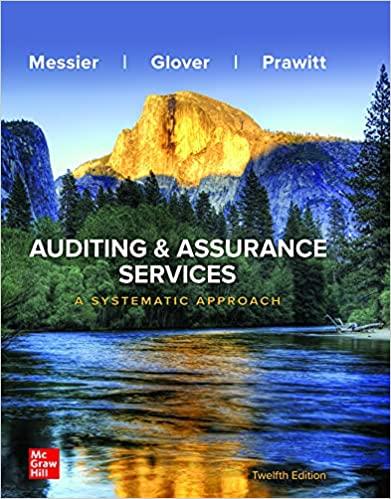Question
Use this information for the News Vendor Problem. x is a product, like calendars we covered in class. The probability of each discrete demand is
Use this information for the News Vendor Problem. x is a product, like calendars we covered in class. The probability of each discrete demand is shown in the table below. The sales price per unit is $2,500. The cost per unit is $1,800. The return price is $1,700. Thus the understock cost per unit (co) equals $2,550 - $1,800 = $750, and the overstock cost per unit (cu) is $1,800 - $1,600 = $200.
| x | P(x) |
| 100 | 0.02 |
| 110 | 0.05 |
| 120 | 0.08 |
| 130 | 0.09 |
| 140 | 0.11 |
| 150 | 0.16 |
| 160 | 0.20 |
| 170 | 0.15 |
| 180 | 0.08 |
| 190 | 0.05 |
| 200 | 0.01 |
What is the expected number of calendars sold, expected understock cost and expected overstock cost and the expected total cost if 160 calendars are ordered?
Expected sales
Expected understock cost =
Expected overstock cost =
Expected total cost =
What is the expected number of calendars sold, expected understock cost and expected overstock cost and the expected total cost if 170 calendars are ordered?
Expected sales =
Expected understock cost =
Expected overstock cost =
Expected total cost =
What is the expected number of calendars sold, expected understock cost and expected overstock cost and the expected total cost if 180 calendars are ordered?
Expected sales =
Expected understock cost =
Expected overstock cost =
Expected total cost =
Step by Step Solution
There are 3 Steps involved in it
Step: 1

Get Instant Access to Expert-Tailored Solutions
See step-by-step solutions with expert insights and AI powered tools for academic success
Step: 2

Step: 3

Ace Your Homework with AI
Get the answers you need in no time with our AI-driven, step-by-step assistance
Get Started


